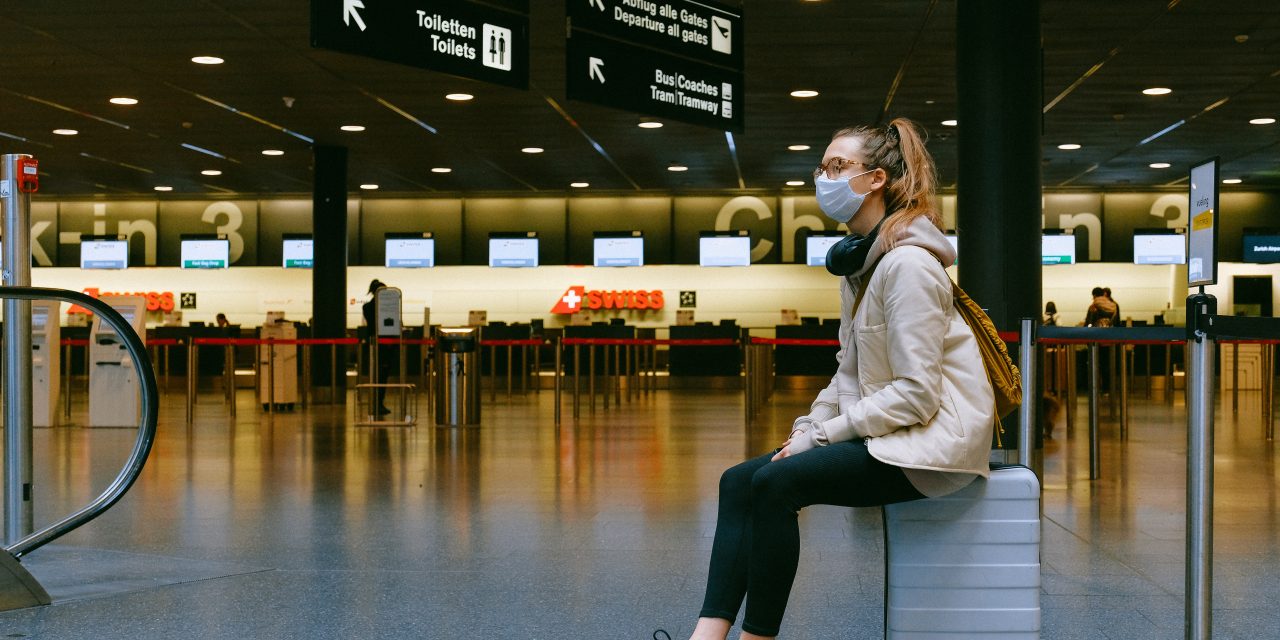The pandemic caused a major shift in the way people approach travel and, consequently, travel insurance. As requirements for how and when to travel continue to change, it is no longer so simple to leave without first carefully researching and planning. Insurance providers recognize this and are adapting policies to a consumer base that is now even more aware of the benefits of traveling insured.
There are several important things we can note about how and why the need for travel insurance is growing.
Travelers are Learning More About the Benefits of Traveling With Insurance
Travel insurance was not always at the top of everyone’s list when planning a trip. Many people don’t fully recognize what travel insurance can do for them. A goal of Seven Corners has been to help customers better understand what travel insurance is, how it works, and how it can protect them from a variety of risks. As customers of Seven Corners and other providers have become more aware of the need for insurance, the frequency with which travel insurance is purchased has increased. It’s predicted that it will continue to be on the rise as people become aware of travel risks.
Destinations are Placing New Limitations on Travel
Higher rates of travel insurance purchases are also a result of restrictions set by countries now accepting foreign travel. Countries like Singapore, Nepal, and the United Arab Emirates require travelers to present proof of travel insurance upon entry. Other countries strongly encourage having an insurance policy even if they don’t require it. Policy plans with COVID coverage are becoming as important as a passport for international travelers. In response to quick shifts in destination requirements, insurance providers have been quick to revise and adapt existing policies to the marketplace. This has meant creating new policies with COVID-specific benefits.
Having proof of a negative COVID test is became a more customary requirement when traveling to or from a destination. Now, on top of making sure masks, hand sanitizer, and wipes are packed, people must be aware of local testing facilities and what to do if they happen to test positive.
A travel insurance policy can help with this, too. Medical coverage can help cover expenses if you do test positive and need medical attention. Additionally, purchasing a policy with COVID-related benefits may assist in covering expenses of an extended stay due to quarantining in your destination for two weeks until you test negative.
Travel Insurance if you are Afraid to Travel
Currently, cancel for any reason (CFAR) plans are particularly popular with many people worried about possible trip cancellations. Policies with a CFAR benefit provide the only option for reimbursement if you’re cancelling your trip because you’re afraid to travel because of the risks of virus. CFAR is an optional benefit you can add to your plan that allows you to cancel a trip for any reason at all. Although it raises the cost of the plan, it is a safe bet for anyone who has uncertainty or simply wants the safety of being able to cancel for reasons not already covered. If customers cancel within a specified time frame – typically a minimum of 48 hours ahead of trip departure – and meet the eligibility requirements of a CFAR benefit, they can receive 50-75% of pre-paid and non-refundable trip expenses after cancelling their trip. CFAR is being purchased more frequently since people have many concerns surrounding coronavirus and traveling with every new regulation and risk.
Overall, it’s important to recognize that the world of travel is quite different than it was prior to the outbreak of the virus. Travel preparation now involves double checking your mask supply, researching testing locations and entry requirements, and making sure you have a travel insurance policy that will cover you in the event of a positive result. Travel insurance providers will continue to adapt to new changes to take the confusion out of your travel experience.
By: Ashley Fritz Communications Specialist, Seven Corners Inc.
Photo by Anna Shvets from Pexels.







